Tag Archives: Film
…this evening I’ve been playing with some Kodalith film, I’m intending on using it in my Obscura pinhole camera. Looks like its going to be fun to use and produce some interesting results, can’t wait 😀
Still to come… As I keep promising I will have my black and white Holga pinhole film shortly.
Leave a comment | tags: Black and white, Conventional, Creative Photography, Darkroom, Film, Ilford Obscura camera, Kodak, kodalith, Lith, lithfilm, Obscura pinhole, Photography, Pinhole, Pinhole Photography | posted in Uncategorised
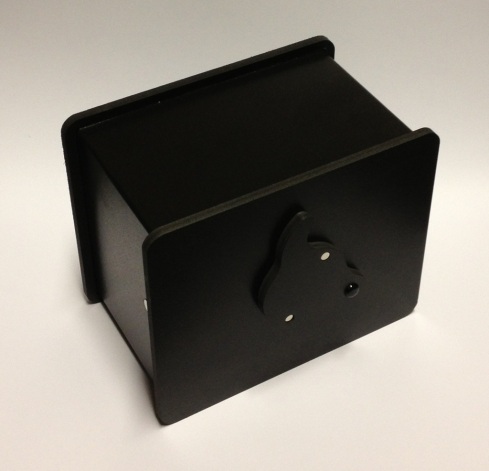
While at this years Focus on Imaging at the NEC in Birmingham I was lucky enough to get my hands on Ilford‘s soon to be released (Easter 2013) Obscura Pinhole camera.
This nifty light collecting box has an 87mm focal length and a chemical etched 0.3mm pinhole (f/248) to give brilliantly sharp images.
Either 5×4 inch sheet film or photographic paper can be loaded into this simple to use camera, it is also great for use with Harman Direct Positive Paper. So far I have only used photographic paper, but from the results I have achieved I am really looking forward to working on both film and Direct Positive with this camera.
This weekend I had a trip to London planned and this was perfect opportunity for me to really give the Obscura a try.
First off I set myself up outside the Globe Theatre, using B&W photographic paper as my light sensitive media, which has an ISO of 6, my exposure was 9 mins. Pinhole exposures do tend to be on the longer side but the very low ISO of the paper coupled with a very overcast day is what made this particularly long. This didn’t have a detrimental effect on the final outcome, in fact it allowed me so capture a seemingly quiet walkway in front of the theatre (which I can guarantee was very busy), with the odd ghostly figure of a few people who where standing about just noticeable and a slight movement of the flags twitching in the wind.
Next up was the London Eye, again this was a 9 minute exposure which has captured movement of the main structure of the wheel, with only the sections of glass pods reflecting light registering. The effect is interesting as it makes the Eye look like it is moving very quickly unlike the 30 mins it actually takes for one full rotation.
Below you can see the two shots as they have come straight from the camera. Below these are the positive prints created in the darkroom from a face down contact print of the original.
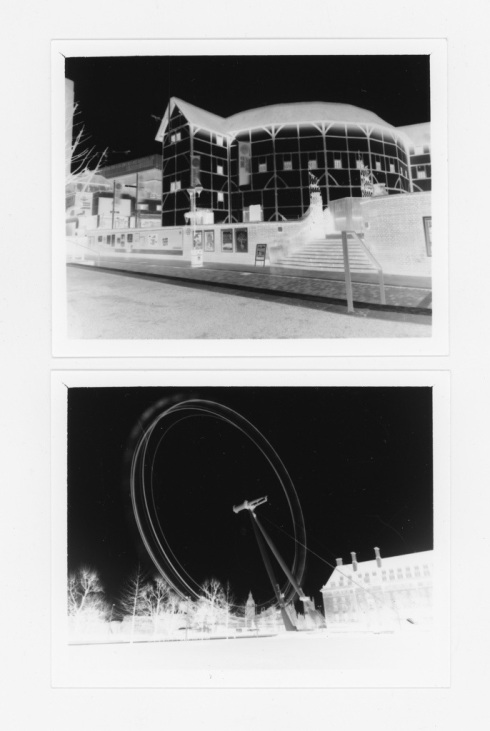
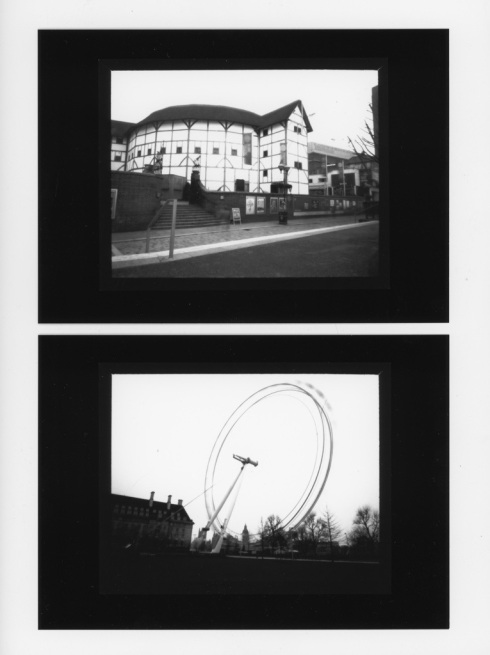
All in all this is a great pinhole camera, which allows you to get back to basics while having some creative fun with Photography. Expecting to retail at £69 it won’t break the bank either, for this you get the camera, 3 boxes of light sensitive media (Ilford Delta 100, Ilford MGIV, Harman Direct Positive Paper), an exposure calculator and some stickers so you can personalise your camera.
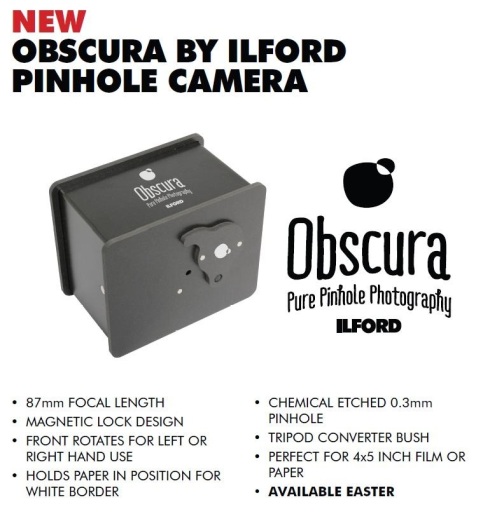
http://www.ilfordphoto.com/home.asp
7 Comments | tags: Black and white, Conventional, Creative Photography, Darkroom, Direct positive, Direct positive paper, Film, Harman, Ilford, Ilford Obscura camera, Long exposure, Obscura, Obscura pinhole, Photography, Pinhole, Pinhole Photography | posted in Harman Direct Positive paper, Pinhole
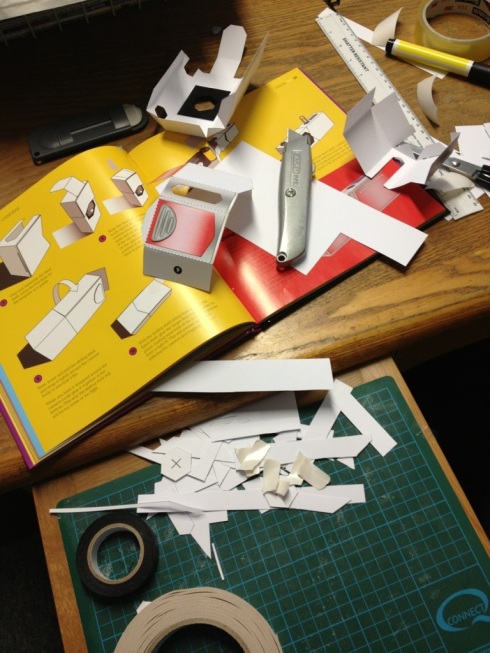
Today I completed the Pinox paper pinhole camera. I have loaded it with some 400 ISO black and white film and will shoot some pics over the next few days.
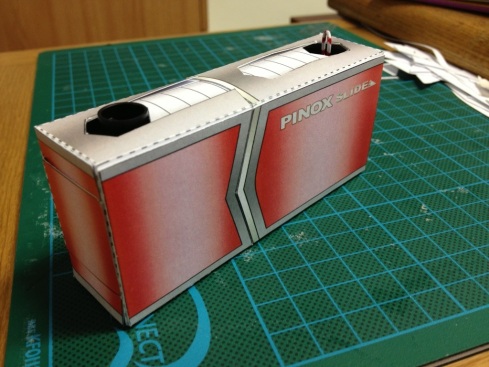
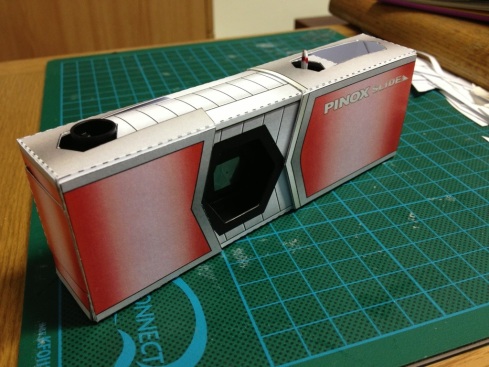
Whilst putting it together I discovered a couple of things that needed fettling to get the best possible results from the camera.
First of all, the edge of the card where the front aperture in the camera is cut shows white. This could cause issues with light reflecting off it, so I ran a black marker along each edge of the hexagon, as can be seen below.
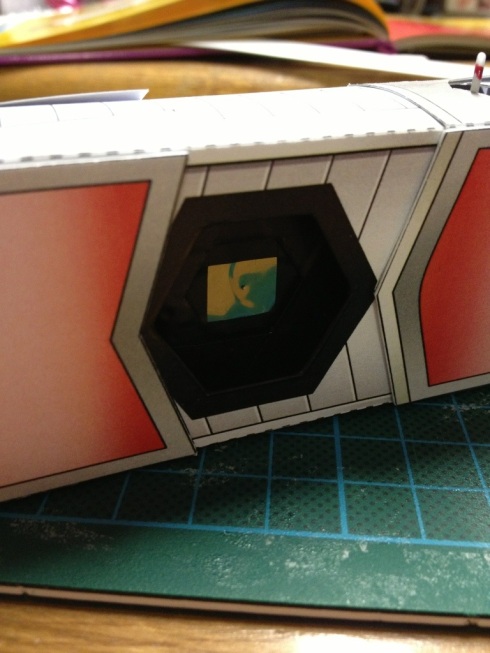
Secondly, the internal part of the camera, when put inside the outer housing, has some movement. There is the possibility that the internal part of the camera could move during exposure causing the image to blur. To eliminate this I simply attached a small bit of white tack to the edge of each film canister to take up the space.
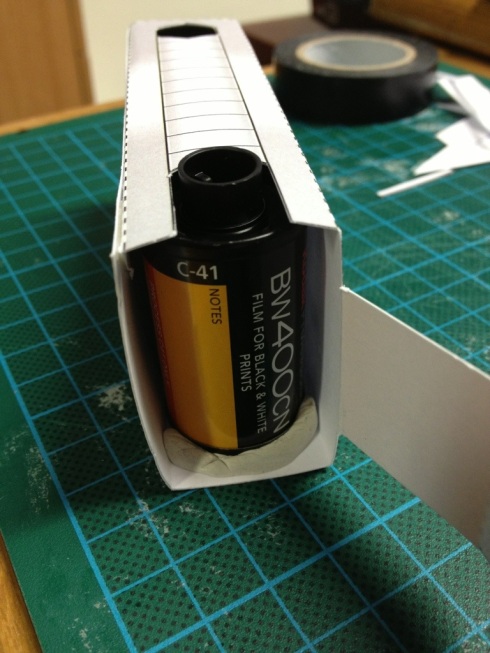
I’m now looking forward to some pinhole photography fun.
Stay tuned for the results 📷
Leave a comment | tags: 35mm, Black and white, Cardboard camera, Conventional, Creative Photography, Film, Homemade camera, Kodak, Long exposure, Paper camera, Photography, Pinhole, Pinhole Photography, T400 | posted in Pinhole
The black and white film will be on the way shortly as promised, till then I have been fiddling with paper and glue.
Today I set about building a new pinhole camera using a book I bought a while ago, which includes a CD of nets to print out so you can build a variety of different pinhole cameras.
Here is what I have so far, I’m hoping to get it finished off tomorrow.
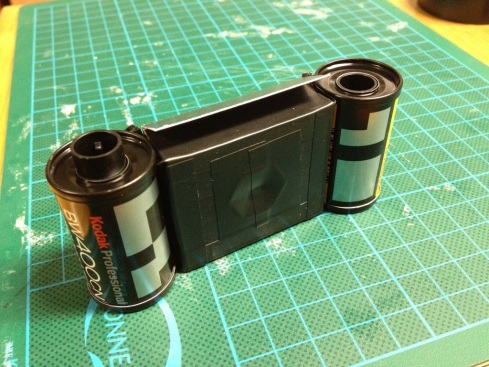
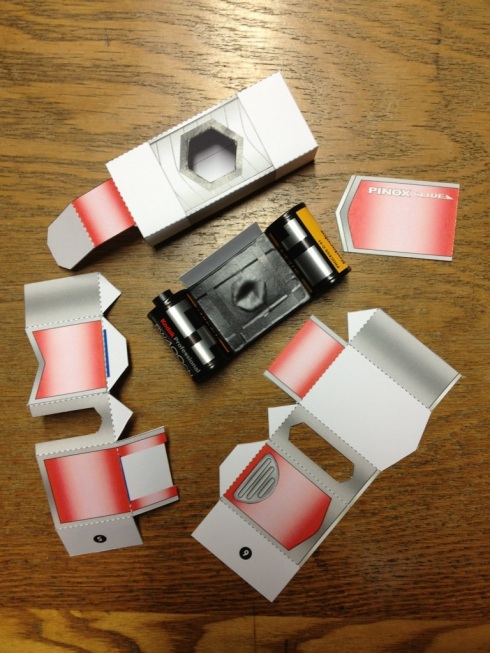
As you can see it is very similar to the matchbox pinhole camera I have made previously.
At this early stage of making it seems like it may be better for keeping out stray light and eliminate some of the light leaks (if you want that I suppose). In terms of getting a clear sharp image (as sharp as can be expected of a camera with a pinhole actually made from a pin stuck through a piece of pop can!), the proof will be in the pudding, as they say. This may need fettling at a later day, we’ll see what I get.
Leave a comment | tags: 35mm, Black and white, Cardboard camera, Conventional, Creative Photography, Film, Homemade camera, Kodak, Light leak, Long exposure, Paper camera, Photography, Pinhole, Pinhole Photography, T400 | posted in Pinhole
The other day I went for a walk and took my Holga pinhole camera loaded with a roll of Ilford XP2 Super (black and white). I have yet to process the film so until then I would like to share with you some more images of mine taken just up above Hartsop in the Lake District with another gem of a camera, the Horizon swing lens camera. The link I have shared with you is for the Perfekt and the Kompakt, which I believe are the current models, mine is the 202 model, but is basically the same camera.
These cameras use 35mm film and have a field of view of 120 degrees, giving you a great panoramic view and lovely long negatives.
The way this camera works is as the name suggests, the lens swings. As you wind on your film, this sets the lens. You then set the correct shutter speed and aperture for the lighting conditions.
These cameras have no metering of their own so a meter reading needs to be taken with a light meter or you can use the metering in your DSLR by setting the ISO to match the film you are using, then work out the shutter speed and aperture relative to what you have available on the Horizon camera.
Once all this is done make final composition checks and press the shutter.
You can get lovely wide shots like these.
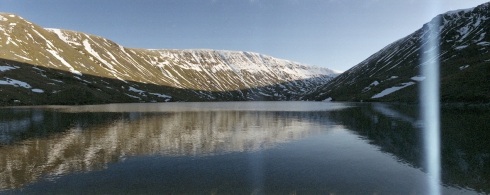
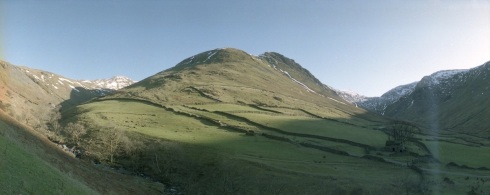
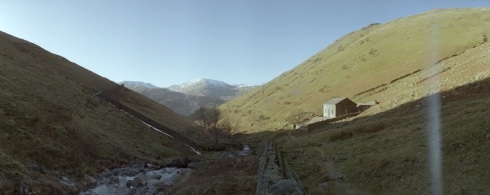
To keep everything true and avoid bending the horizon of your images or anything that goes accross your shot, this camera relies on being level. Though some interesting effects can be got by not having it level, as can be seen in the example below.
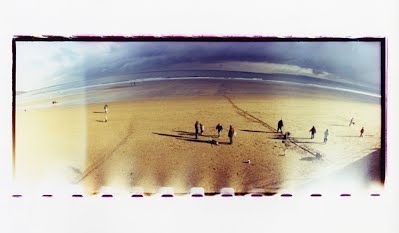
You’ve most likely noticed the white banding on the images. This is one common fault that can occur with this type of camera, it was common on the 202 models, it may have been rectified now. It seems that it is stray light bouncing around off small silver metallic parts within the camera during exposure. Unfortunate but I have found that it is worst in bright light conditions.
I hope you’ve enjoyed these and keep an eye out for my Holga pinhole images shortly.
Leave a comment | tags: 202, 35mm, Colour, Conventional, Creative Photography, Film, Lake, Lake District, Landscape, Lomo, Photography, Swing lens | posted in Lomo
Ever wondered what happens to your roll of colour film when you drop it off at your local processing lab? Take a look at this blog post to find out.
How colour film is processed
The process used for colour film is C-41. This can also however be used to process black and white films such as KODAK PROFESSIONAL T400 CN Film and ILFORD XP2 Super, due to them being chromogenic (colour-forming) films where the image on the negative is produced by coloured dye not metallic silver.
KODAK PROFESSIONAL T400 CN
ILFORD XP2 Super
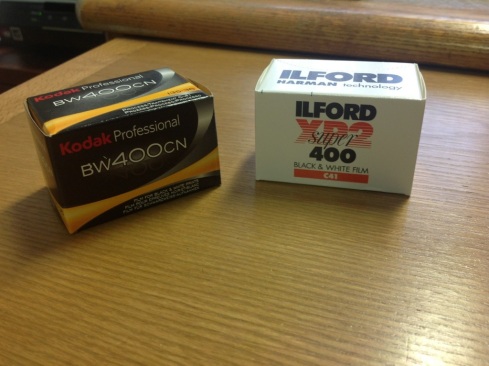
Leave a comment | tags: 35mm, Black and white, Colour, Conventional, Creative Photography, Film, Ilford, Kodak, Photography, Processing, SLR, T400, XP2 | posted in Uncategorised
While you can spend hundreds even thousands of pounds on camera equipment, you can be just as creative and have just as much fun, if not more, with the more primitive options for image making.
A matchbox pinhole camera is a great way to do this. While you can have great fun taking pictures with a pinhole camera, the fun really begins when you start to build it.
To build your own matchbox pinhole camera check out this link for items needed and instructions: Matchbox Pinhole
I made mine over three years ago now and have put many rolls of film through it.
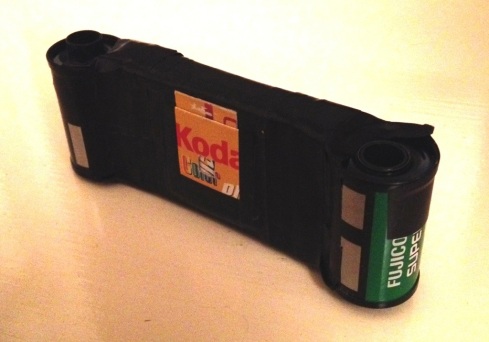
The beauty of the matchbox pinhole is that you can get a fantastic wide angle of view. This is due to the short distance between the pinhole and the film plane. Placing your pinhole camera very close to an object can give you great distortion because of this wide angle.
Below are a few examples of my own.
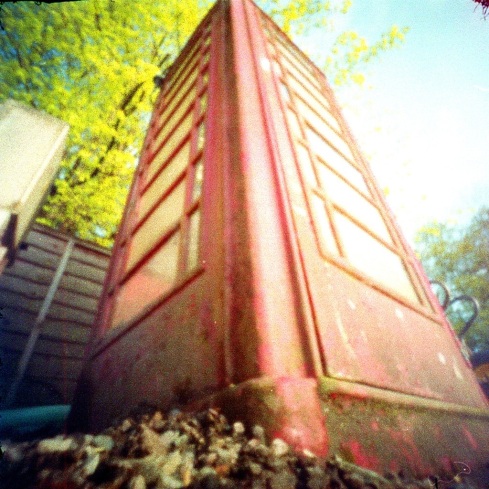
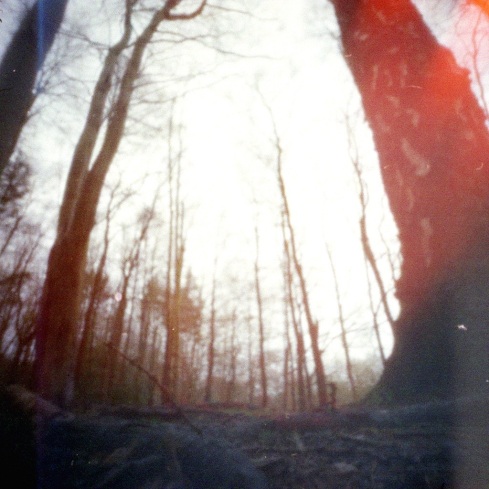
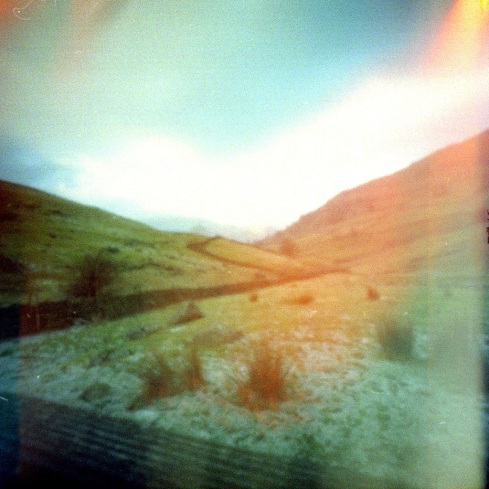
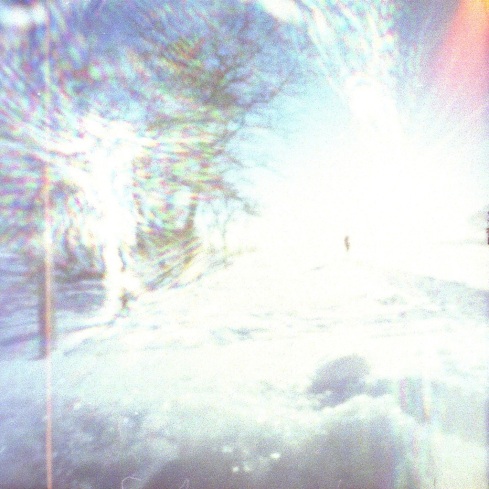
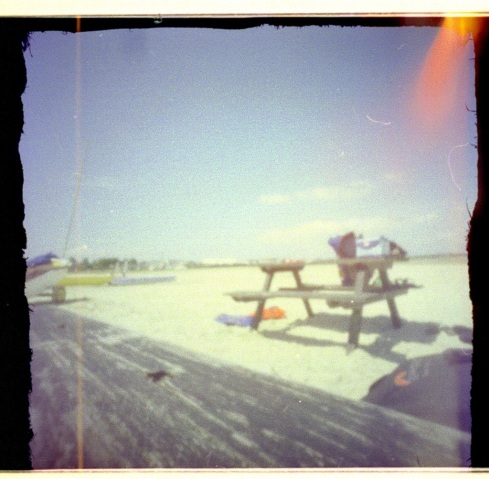
As you will have probably noticed these little cameras can be prone to light leaks, but to me this just adds to the creativity. When printing you can also choose whether you crop out the edge of the masking frame or leave it on for an interesting border effect.
Examples of others work:
Street Photography
Example 2
Leave a comment | tags: 35mm, Colour, Conventional, Creative Photography, Film, Flare, Kodak, Lake District, Landscape, Long exposure, Match box, Photography, Pinhole, Pinhole Photography, Snow, Sun, Telephone box | posted in Pinhole
A few years ago I bought a Holga Wide Pinhole camera like this: Holga Wide Pinhole
It is a great camera to play around and experiment with. It uses 120 roll film and produces a lovely large neg at 12cmx6cm. The wide angle means you can get so much in shot but also creates some great distortion of objects and lines.
Below are some shots I took with this great little plastic pinhole camera a while ago. With starting this blog I will be taking this camera out more often with me and having some fun. Check back soon to see some more results.
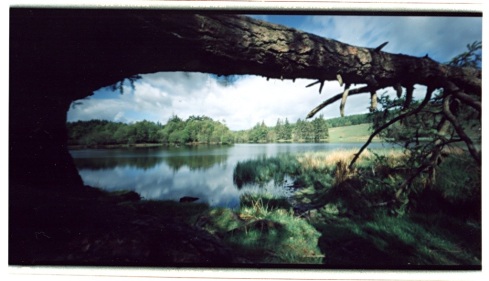
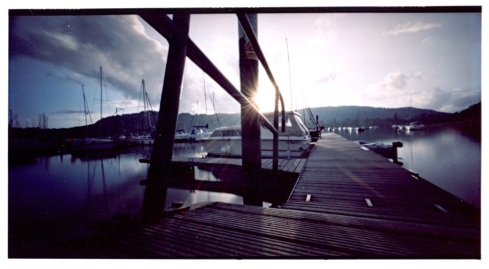
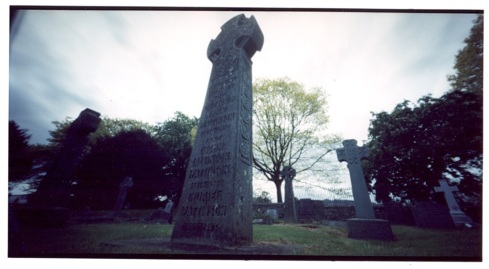
Leave a comment | tags: 120, Cable release, Colour, Conventional, Creative Photography, Film, Fuji, Holga, Holga Wide Pinhole, Lake, Lake District, Landscape, Lomo, Long exposure, Medium format, Pinhole, Pinhole Photography, Sun, Tripod, Windermere | posted in Pinhole
























